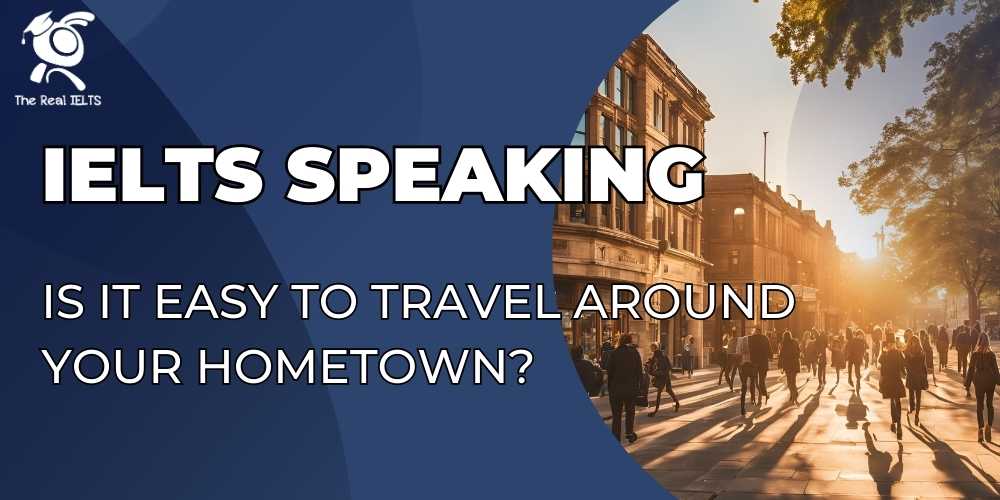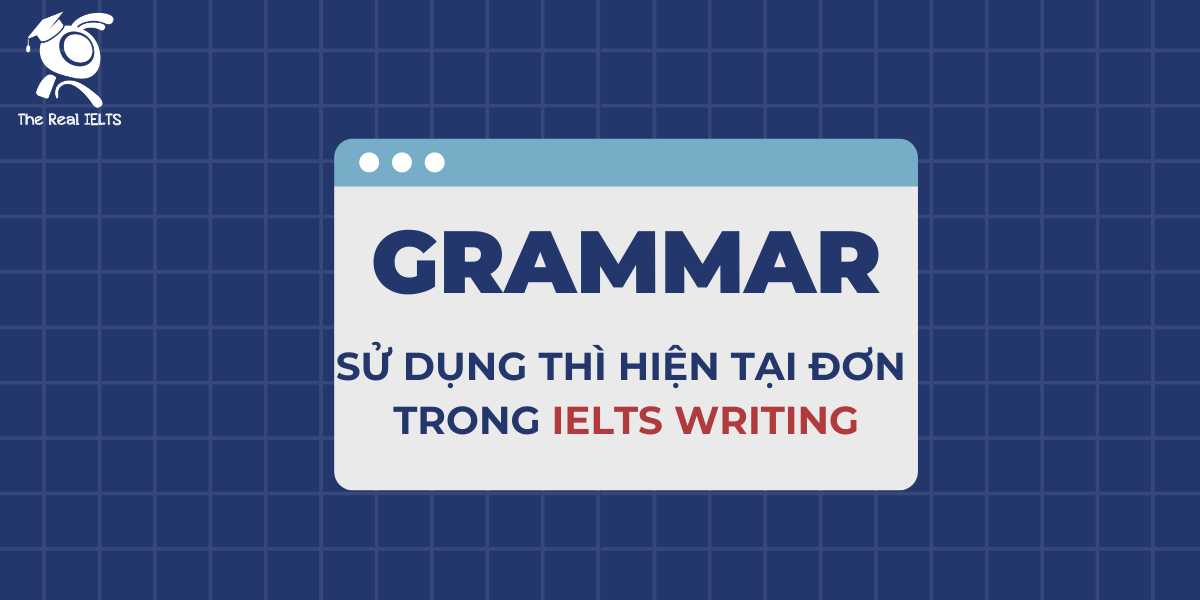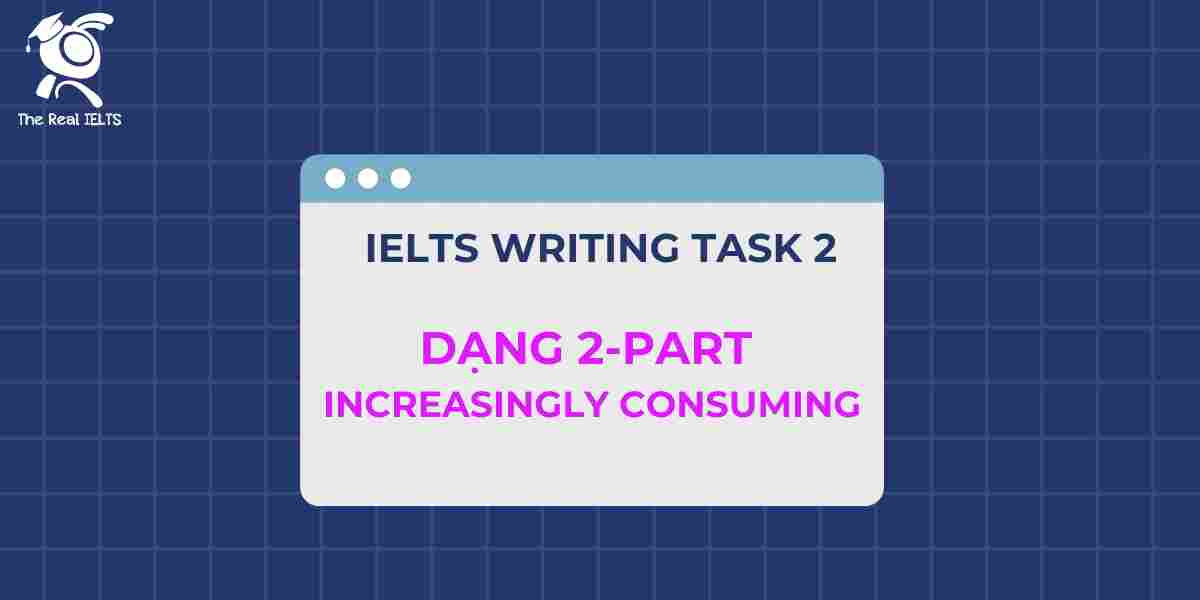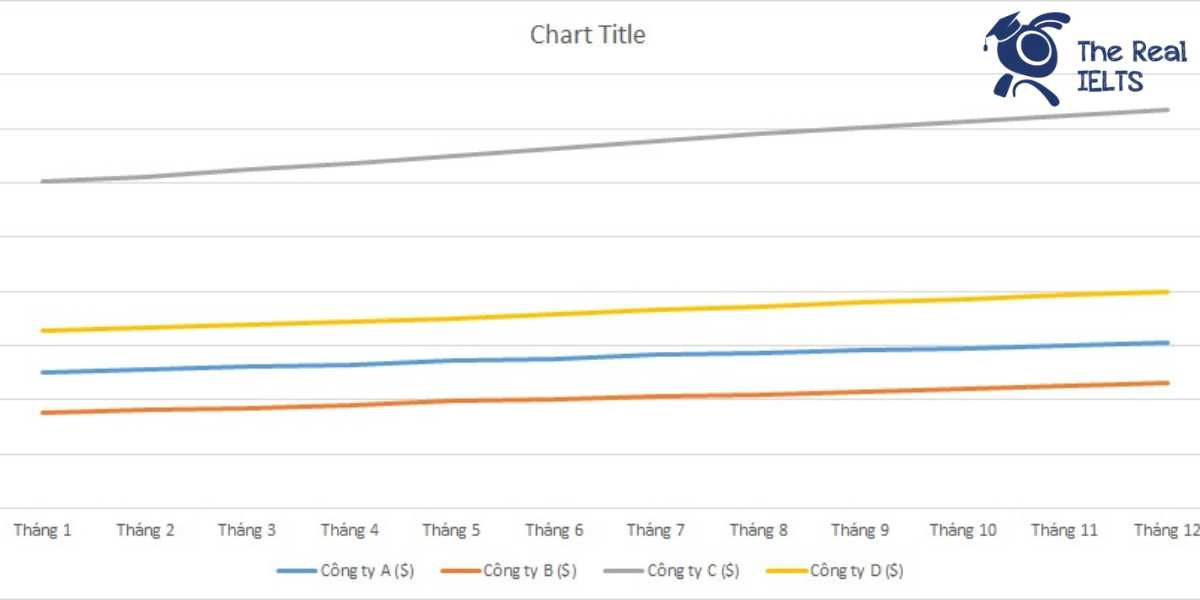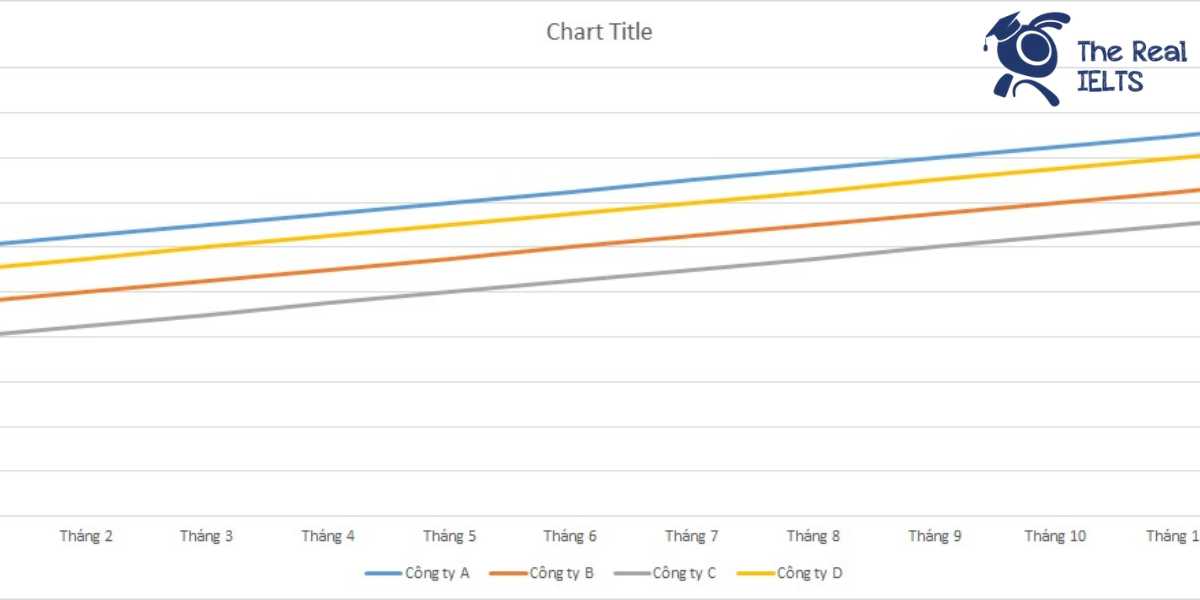Du lịch quanh quê hương luôn là một chủ đề thú vị trong IELTS Speaking. Bài viết này sẽ giúp bạn trả lời câu hỏi “Is it easy to travel around your hometown?” với các ý tưởng cụ thể, từ vựng hữu ích và mẹo hay để gây ấn tượng với giám khảo.
Đọc thêm các bài luyện thi IELTS khác.
Đọc thêm câu hỏi khác tại: IELTS Speaking Part 1: Introduction and Interview chủ đề Your hometown.
Đọc thêm: IELTS Speaking: What are the main industries in your hometown?
Câu trả lời IELTS Speaking: Is it easy to travel around your hometown?
Ví dụ 1:
Introduction:
Traveling around my hometown, Hanoi, is a fascinating experience, but whether it is easy or not depends on various factors. Hanoi, being the capital city of Vietnam, is well-known for its bustling streets, vibrant culture, and dynamic lifestyle. As a local, I can say that navigating the city has its pros and cons, depending on the time of day, the area you’re in, and your chosen mode of transportation.
Geographical Description:
Hanoi is a sprawling city with a mix of narrow streets in the old quarters and wide boulevards in the newer districts. The city is bisected by the iconic Red River, which adds to its charm but also requires a few key bridges for crossing, such as the Long Bien and Chuong Duong bridges. These bridges connect the central areas to the suburban districts, which means access to different parts of the city can sometimes be challenging during peak hours.
Cultural Aspects:
Transportation in Hanoi is not just about moving from one place to another; it’s an integral part of the city’s culture. The streets are often filled with motorbikes, which are the most common mode of transportation here. Riding a motorbike in Hanoi is almost a cultural rite of passage, and it’s fascinating to see how locals navigate the chaotic traffic with remarkable skill. Public buses are also a popular choice, and in recent years, the introduction of the metro system has added a modern touch to the city’s transportation network.
Historical Background:
Historically, Hanoi was designed as a city of lakes and small roads, which were perfect for bicycles and pedestrians. However, as the population has grown, the streets have become more crowded, and traffic congestion is now a daily challenge. Despite this, the city has retained its charm, with many areas still accessible by walking or cycling, especially the Old Quarter, where vehicles are restricted in some streets.
Economic Activities:
Hanoi’s economic activities play a significant role in shaping its transportation dynamics. As a hub for trade, education, and government offices, the city attracts a large number of people every day, both residents and commuters from neighboring provinces. This has led to a growing demand for efficient public transportation systems. The city’s recent focus on developing metro lines and expanding bus routes reflects this need.
Personal Connection:
From my personal experience, while traveling around Hanoi can sometimes feel overwhelming due to the traffic, it’s also part of what makes the city lively and exciting. I’ve spent countless evenings riding my motorbike along West Lake, enjoying the cool breeze and scenic views. These small moments make the hustle and bustle worth it. Moreover, the advent of ride-hailing apps like Grab has made commuting much more convenient for both locals and visitors.
Conclusion:
In summary, traveling around Hanoi is a mix of challenges and conveniences. While the traffic can be daunting, the city offers various options, from motorbikes and buses to taxis and the new metro system. What I love most about traveling in Hanoi is the unique charm it offers — whether it’s the lively streets filled with street vendors or the peaceful corners by the lakes. For me, it’s not just about getting from point A to point B, but about experiencing the vibrant life of the city along the way.
Ví dụ 2:
Introduction:
Traveling around my hometown, Hanoi, is both an adventure and a challenge. As the bustling capital city of Vietnam, Hanoi offers a wide variety of transportation options, but the ease of getting around often depends on the time, location, and traffic conditions. While there are moments of chaos, there’s also a charm in navigating the city’s streets.
Geographical Description:
Hanoi is a compact yet densely populated city, divided into several districts that are interconnected by a network of roads, bridges, and alleyways. The central areas, like Hoan Kiem and Ba Dinh, are easily accessible, while suburban districts like Gia Lam or Dong Anh might require a bit more effort to reach. The city’s many lakes, such as Hoan Kiem Lake and West Lake, serve as natural landmarks, making navigation slightly easier.
Cultural Aspects:
Transportation in Hanoi reflects its vibrant culture. The streets are alive with motorbikes, bicycles, and cars, often weaving through each other in what seems like organized chaos. This unique traffic culture is an experience in itself and showcases the adaptability of the people here. Walking is also a popular way to explore, especially in the Old Quarter, where narrow streets and small shops create a pedestrian-friendly atmosphere.
Historical Background:
Historically, Hanoi’s streets were designed for a slower pace of life, with bicycles and pedestrians as the primary users. However, rapid urbanization has brought challenges, as the infrastructure struggles to accommodate the growing population and the increasing number of vehicles. Despite this, the city has made efforts to modernize its transport system, such as introducing the metro and improving public bus services.
Economic Activities:
The city’s economic growth has greatly influenced its transportation network. With Hanoi being a center for business, education, and tourism, there’s a constant flow of people and goods. Ride-hailing services like Grab and Be have become popular due to their convenience, while the introduction of metro lines has provided a faster, more efficient option for daily commuters.
Personal Connection:
For me, getting around Hanoi has always been a mix of excitement and frustration. On one hand, I love the freedom of riding my motorbike through the bustling streets or taking leisurely strolls by Hoan Kiem Lake. On the other hand, navigating rush-hour traffic can be exhausting. One memorable experience was when I explored the Old Quarter with friends on foot, discovering hidden alleys and tasting street food — moments like these make me appreciate the unique character of my hometown.
Conclusion:
In conclusion, traveling around Hanoi is not always easy, but it’s undeniably rewarding. The mix of modern and traditional transportation options, along with the city’s lively atmosphere, makes every journey an experience to remember. What I love most is the sense of discovery — whether it’s finding a shortcut through a quiet alley or enjoying the energy of the bustling streets. Despite its challenges, Hanoi’s charm never fails to captivate me.


